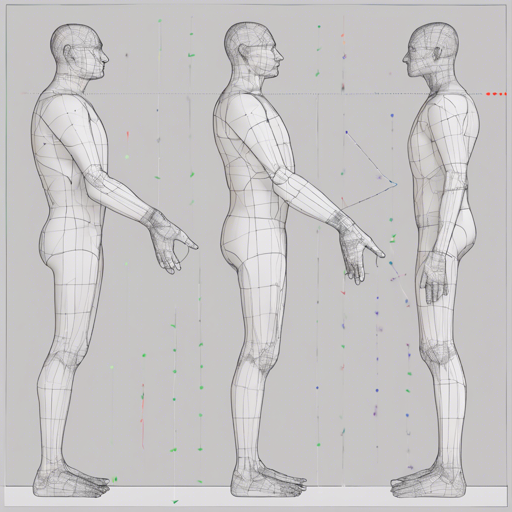Welcome to the world of human pose estimation! With the TensorFlow implementation of Simple Baselines for Human Pose Estimation and Tracking (ECCV 2018), you can harness the power of AI to extract meaningful insights from images. In this blog, we’ll walk you through the essential steps to set up and effectively use this repo for 2D multi-person pose estimation.
Introduction
This guide is designed for developers who are eager to dive into the realm of human pose estimation. Whether you’re working on advanced AI models or simply curious about how these systems work, the simplicity of this TensorFlow implementation makes it accessible for everyone.
What You Will Need
Before getting started, ensure you have the following software dependencies:
Setting Up the Directory Structure
To ensure that everything runs smoothly, set up your directory as follows:
$POSE_ROOT
-- data
-- lib
-- main
-- tool
-- outputHere’s a brief overview of what each folder contains:
- data: Contains data loading codes and links to images and annotations.
- lib: Holds the kernel codes for 2D multi-person pose estimation.
- main: Includes high-level codes for training and testing the network.
- tool: Contains dataset conversion tools.
- output: Stores logs, trained models, visualizations, and test results.
Running the Model
Now that everything is in place, it’s time to run the model.
Installation of Packages
Start by installing the required Python packages:
pip install -r requirement.txtTraining the Network
To train the network on the specified GPU, run the following command:
bash python train.py --gpu 0-1If you want to continue a previous experiment, you can use:
bash python train.py --gpu 0-1 --continueTesting the Model
Once the model is trained, it’s time to test it. Make sure to place the trained model and human detection results correctly:
bash python test.py --gpu 0-1 --test_epoch 140Understanding the Code with an Analogy
Imagine you’re a chef trying to prepare a complex dish. You need various ingredients (data) and certain cooking techniques (code) tailored to each step of the process. Just like all ingredients need to be prepared and organized beforehand to ensure a successful meal, this code requires a properly set up directory structure and environment for optimal function.
- The data folder contains your ingredients – the images and annotations you will need.
- lib is like your set of tools, each designed for specific tasks in cooking (kernel codes for pose estimation).
- main is the cooking method, outlining how to progress through the recipe (training and testing the network).
- Finally, output showcases your final plated dish – the results of your pose estimation!
Results and Evaluation
The final step is to analyze the results. Performance can be evaluated easily using compatible output files with COCO API or Poseval to gauge the establishment of your estimations.
Troubleshooting
In case you encounter problems along the way, here are some common issues and solutions:
- If you experience memory issues during training, consider adding graph.finalize to manage memory consumption.
- For a FileNotFoundError, ensure that you have prepared the human detection results correctly. Remember, the pkl files are generated automatically during testing.
For more insights, updates, or to collaborate on AI development projects, stay connected with fxis.ai.
Conclusion
At fxis.ai, we believe that such advancements are crucial for the future of AI, as they enable more comprehensive and effective solutions. Our team is continually exploring new methodologies to push the envelope in artificial intelligence, ensuring that our clients benefit from the latest technological innovations.

